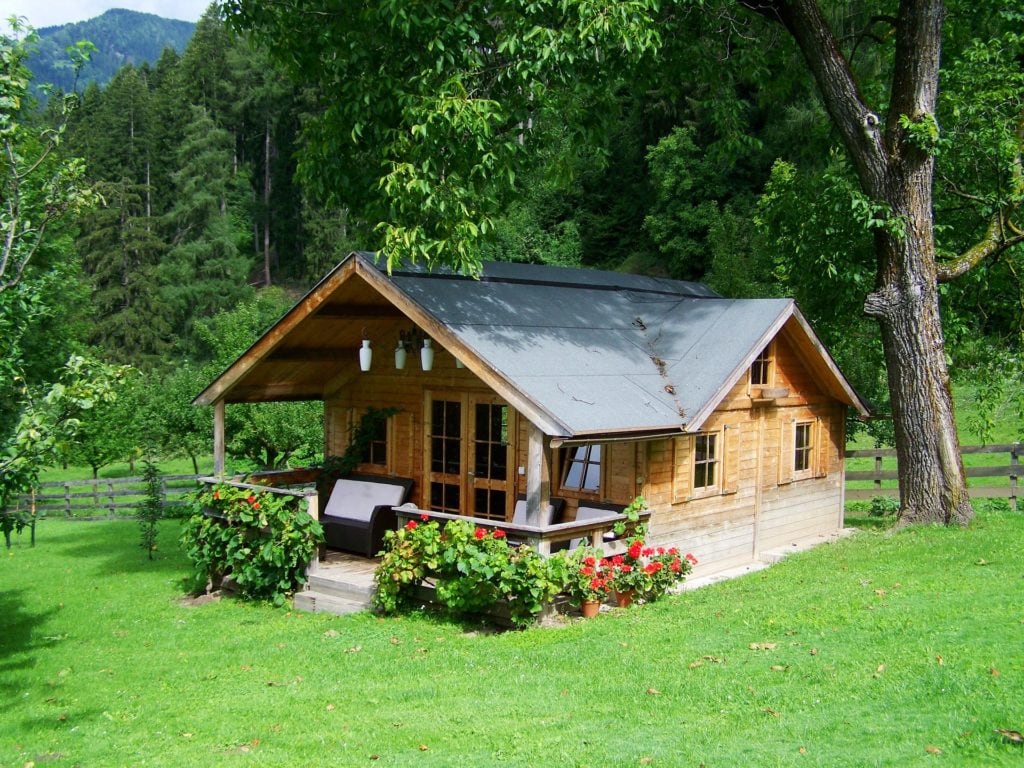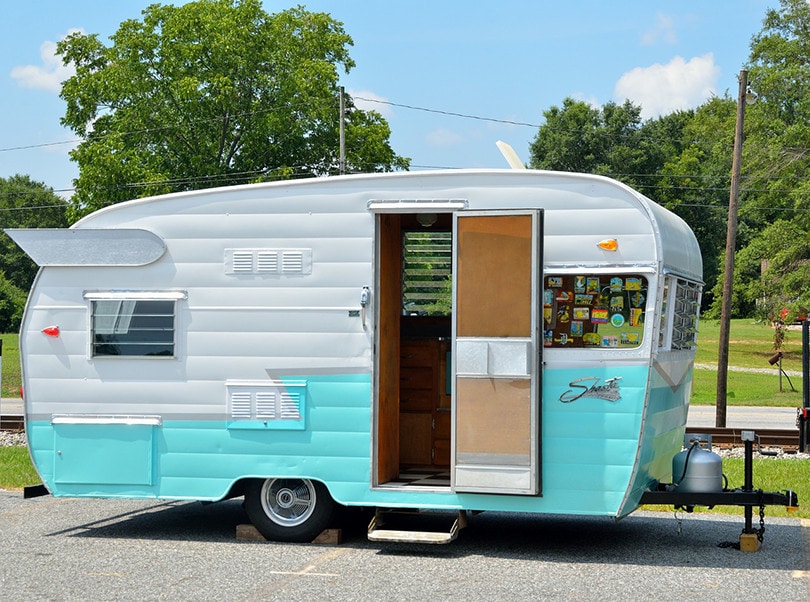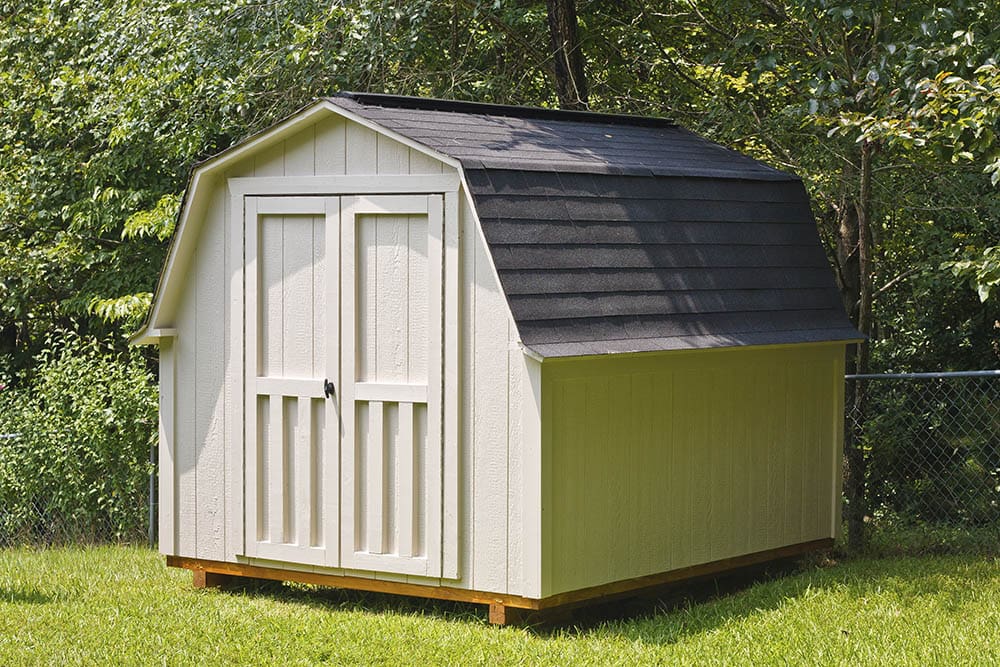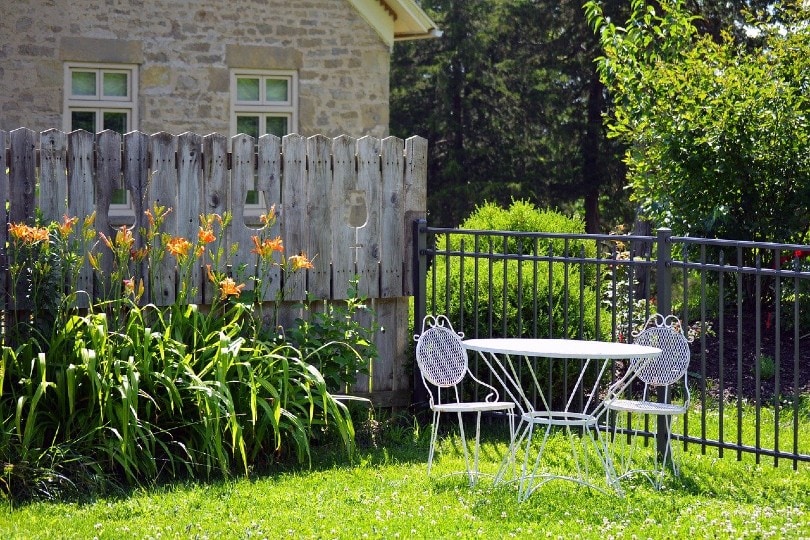Can I Build a Tiny House in My Backyard? What You Need To Know
-
Kristin Hitchcock
- Last updated:

Zoning and building regulations differ from place to place. Although you can build a tiny house in your backyard in some areas, other locations don’t allow you to build them. Sometimes, you need an accessory dwelling unit, which means that you’ll need an actual house on the land. Other times, you won’t be able to build separate buildings, regardless of what is on the land.
It all depends on where you live and how you go about building the tiny house. In most cases, zoning laws don’t mention tiny houses at all. However, other zoning regulations may apply to them.
In the rare case that a town has specific tiny home laws, the laws are strict and don’t always apply to your tiny house. If you want to build a tiny home, you must examine your local laws and regulations. In this article, we’ll provide a general roundup of regulations that may apply to your area.
Types of Tiny Homes
Regarding the laws and regulations, the type of tiny home really matters. There are generally two types of tiny houses, depending on how you build them. The first type is built on wheels and is technically categorized as a mobile home or RV. Usually, they have to be inspected before getting a license plate.
However, tiny homes built on a foundation are a bit more complicated. They are considered accessory dwelling units, and building them takes quite a bit more work, as we’ll look at later.
RV Tiny Homes

If you put your tiny home on wheels, you typically don’t have to deal with zoning concerns since it isn’t technically a house. Therefore, the only issue you have to deal with is finding somewhere to park it. You could easily park it in your backyard if you have enough room, and it doesn’t violate an HOA rule or neighborhood covenant.
Most states prohibit RVs as full-time residences unless they’re in an RV park. However, this rule isn’t usually enforced, as it is hard to prove that someone is using the RV as a full-time residence.
Permanent Tiny Homes

If you want to build a tiny home on a foundation and have it remain there permanently, it can be a bit more complicated. Generally, you cannot buy land and build a tiny house there. Instead, the tiny homes are considered accessory building units, which means that you must have a permanent structure nearby.
Generally, this rule allows you to build a tiny home in your backyard since your house would function as a permanent structure. Therefore, your unit could be referred to as a “carriage house,” “English basement,” or “cottage.”
 Building Codes and Zoning Laws
Building Codes and Zoning Laws
When building a tiny house, you must follow the building codes and zoning laws. While both dictate how you can build your tiny home, they differ in purpose. Construction codes tell you how to build your house, while zoning laws tell you where you can build a house.
Generally, most areas adopt building codes from the International Residential Codes. These codes restrict the building of tiny homes since they have size specifications for rooms. Typically, the codes require rooms to be larger than they typically would be for a tiny home.
However, zoning regulations are more local. They determine where you can build residential homes and the size that these homes can be. You usually have to contact local authorities or visit a city office for a list of the regulations. Usually, there is a minimum house size, which would prevent you from building a tiny home by itself.
However, you can usually build a tiny home behind your house. Whether or not the structure needs to be inspected and follow building codes depends on local laws. For instance, in California, a law was just passed allowing “caregiver homes,” which are tiny homes behind the houses of those who need help. However, you must be a caregiver in some areas for these dwellings to be legal.
Of course, if you have a tiny home in your backyard, you could always refer to it as a shed. However, you could not live in it permanently or receive mail.
Laws Around the Country

Each state has laws for tiny homes. Some will not mind if you build a tiny home in your backyard, while it will be illegal in other areas. Florida has some of the laxest laws regarding tiny homes. Generally, you can build a tiny home in most places in Rockledge, Florida, for instance, as long as you are within the correct zone. They even have a tiny house neighborhood!
Nantucket also has lax laws, allowing tiny homes under 500 square feet. However, most of the laws do not address tiny homes in backyards. You’ll need to call your local building office and ask for that information. Many areas have regulations regarding secondary structures on residential property, so be sure to check before you start building.
What is a Small House in the Backyard Called?
Several terms reference small homes in backyards. Legally speaking, the houses are called accessory dwelling units. However, people may refer to them as granny cottages, backyard cottages, and even micro-cottages.
Usually, pre-made smaller structures aren’t under as strict of laws as tiny homes built by themselves are. However, some local restrictions may apply to the secondary units, so make sure that you check before you start building. There are a few cases of the authorities taking tiny homes that are not following proper regulations.
 Conclusion
Conclusion
Tiny homes are becoming increasingly popular as stand-alone homes and accessory buildings. You can use the buildings as guest houses or living spaces, typically without much problem. However, some local laws and restrictions may apply.
For that reason, we highly recommend contacting your local authorities before you start building. Zoning laws and laws regarding tiny homes differ in every state and city. If you have an HOA, you should also refer to those rules. Many have regulations around adding extra structures to your property.
Featured Image Credit: Pixabay
Contents
